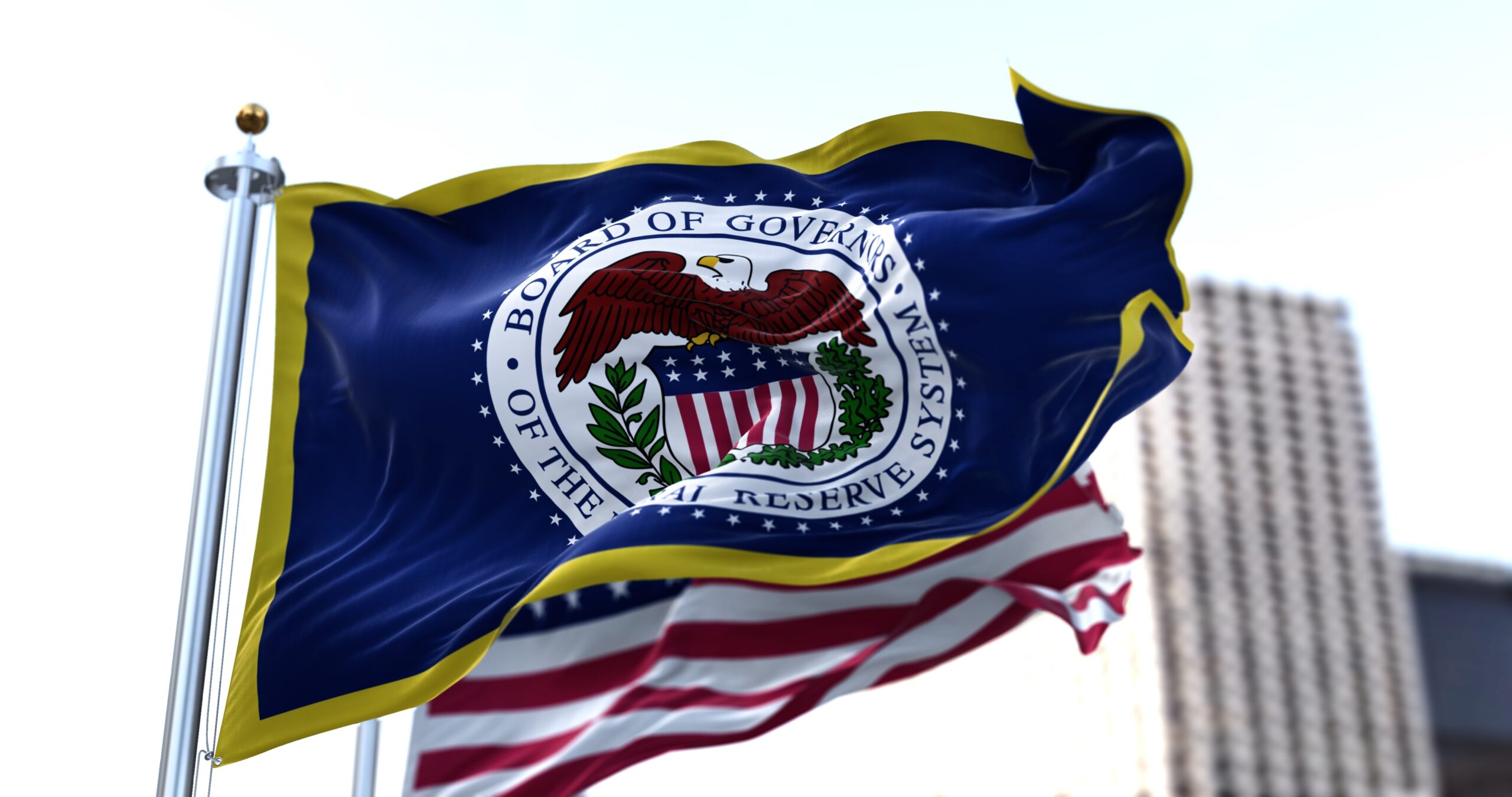
Key takeaways
- A Santa Claus rally is a market theory describing when the stock market surges during the final week of December, extending into the following two trading days of the new year
- Back in 1972, market analyst and author Yale Hirsch first mentioned the notion of a Santa Claus rally in his book, "The Stock Trader's Almanac"
- To be clear, no actual cause exists for the Santa Claus rally. Although, several possible rationales are used to explain why the market jumps during these seven trading days
- Like most theories, the Santa Claus rally is believed to be true by some, and merely a coincidence to others
What is a Santa Claus rally?
A Santa Claus rally is a market theory describing when the stock market surges during the final week of December, extending into the following two trading days of the new year. There are a number of theories as to why this happens—from tax considerations to investors investing holiday bonuses to institutional investors taking a respite. But the jury is still out on whether this and other seasonal hypotheses hold water.
The history of the Santa Claus rally
"If Santa Claus should fail to call, bears may come to Broad and Wall."
Yale Kirsch
Back in 1972, market analyst and author Yale Hirsch first mentioned the notion of a Santa Claus rally in his book, "The Stock Trader's Almanac." His book was geared toward the average investor with insights into seasonal market trends he observed over his decades of market analysis.
Besides the Santa Claus rally, Hirsh exposed to the general public several "statistically predictable" seasonal phenomena that are now commonplace, including the "Presidential Election Year Cycle," the "January Barometer," and the "Best Six Consecutive Months."
Hirsch's theory came from his research of the Standard and Poor's 500 (S&P 500) performance between 1950 and 1971 over the seven-day period stated above. He found that during this time, the index went up an average of 1.5%. Since then, the broad market index has risen 1.3% on average. Moreover, the market has been positive in 34 of the last 45 years, just over 75%.
What "causes" a Santa Claus rally in stocks?
To be clear, no actual cause exists for the Santa Claus rally. Although, several possible rationales are used to explain why the market jumps during these seven trading days.
- The holiday spirit - People are generally more upbeat around the holidays and therefore display a more optimistic view about the year ahead.
- Extra money - Investors with holiday bonuses inject more capital into the markets.
- Sophisticated investors are OOO - Institutional investors generally take time off the week after Christmas, which leaves a low-volume market run by bullish retail investors who can drive up prices.
- Foreword-looking investors - Investors buy stocks in anticipation of another rally---the January Effect---sometimes coming from reinvested capital after December tax-loss harvesting.
How reliable is the Santa Claus rally theory?
Like most theories, the Santa Claus rally is believed to be true by some, and merely a coincidence to others. If we dig into the historical performance of the S&P 500, we will see that a case can be made for either side, depending on what timeframes are analyzed.
For the believers, one can point to the Santa Claus rally that occurred in the middle of the worst bear market since the Great Depression—the 2008 Great Recession. During this seven-day span, the index went up by 7.5%. After another crash in early 2009, a 23% surge followed shortly thereafter.
A similar occurrence happened in 2018 when another Santa Claus rally preceded a 29% broad index return in early 2019.
From the opposite perspective, a Santa Claus rally isn't a reliable forecaster of future returns. For example, even though the S&P 500 yielded 1.4% during the seven-day period in 2021, it topped out on the 3rd of January. Then, in June, a bear market followed.
In the last 71 years, the S&P 500 index has risen annually by 1.3% over those seven days (on average), based on research from Michael Batnick, managing partner at Ritholtz Wealth Management, via CNBC.
More recently, since 1994, stocks have been positive 23 times during this period. The subsequent year has yielded positive returns 18 times. Conversely, the market has fallen in four of the following years of the six times stocks have declined during this stretch.
Will a Santa Claus rally happen in 2022?
No one knows for sure. However, if we look at the market's performance thus far, it might be safe to expect a lump of coal rather than a bundle of returns in our stockings this year. It's been a tough year for stocks: The S&P 500's total return is just under -15%. And while the Fed has fought hard to bring inflation down to its 2% target, it can take months for any real effect to be felt in the economy.
According to Facet's Head of Investments, Tom Graff, "We have been arguing that for stocks to resume rising sustainably, we first need greater certainty about the Fed's path.”
Final word
The media tends to jump at the chance to turn any seasonal market uptick into a compelling story, and the Santa Claus rally is no exception. But, while December is generally one of the best months for US stocks, the reasons aren't exactly clear.
Perhaps it's optimism over the coming year, increased holiday spending, or maybe it's a derivative of "tax-loss-selling season," when institutional and retail investors sell failing holdings to reduce their capital gains.
Whatever the case, it's wise not to count on seasonal phenomena as a tried and true investing method. As history has proven, anything can happen, and the best investment strategy is one that considers your whole financial situation for the long term.
A Facet CFP® Professional can help you avoid costly investment mistakes and achieve optimal investment outcomes.


